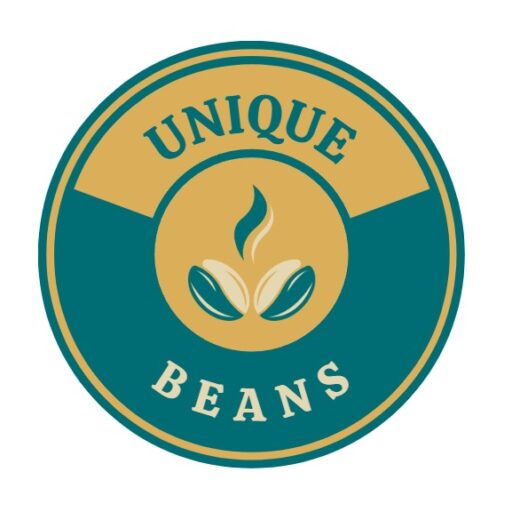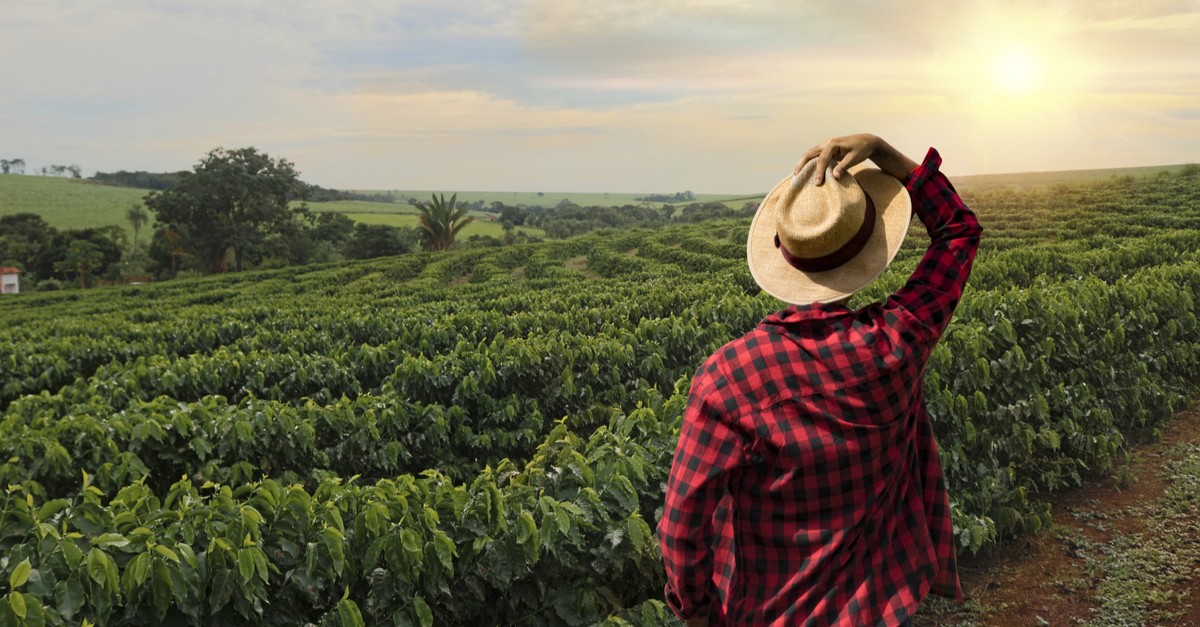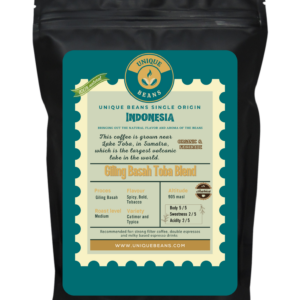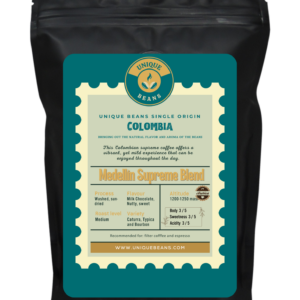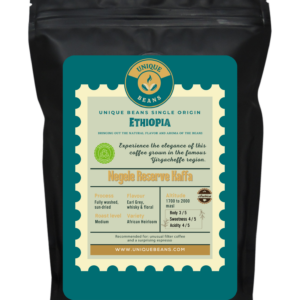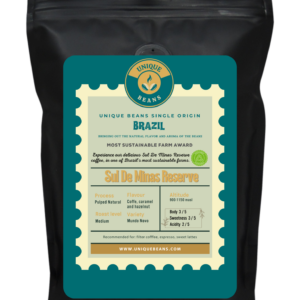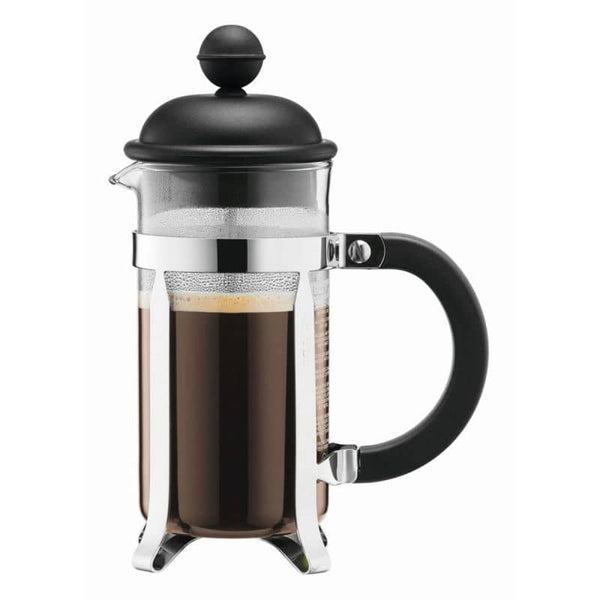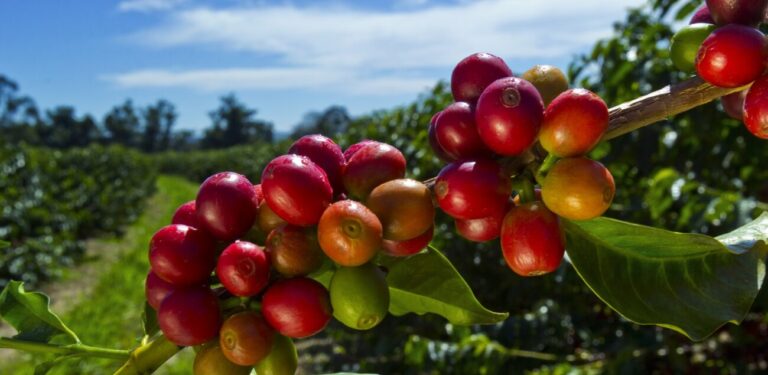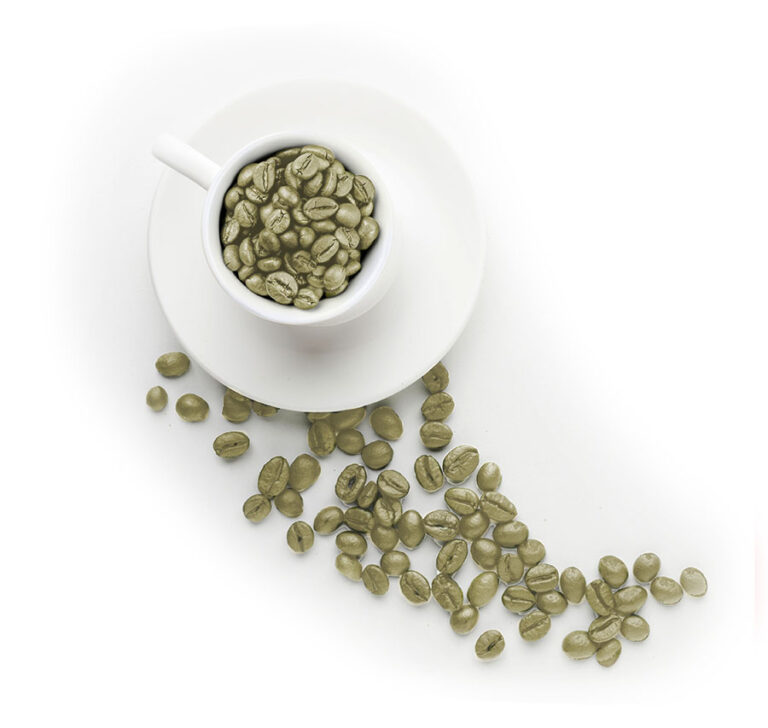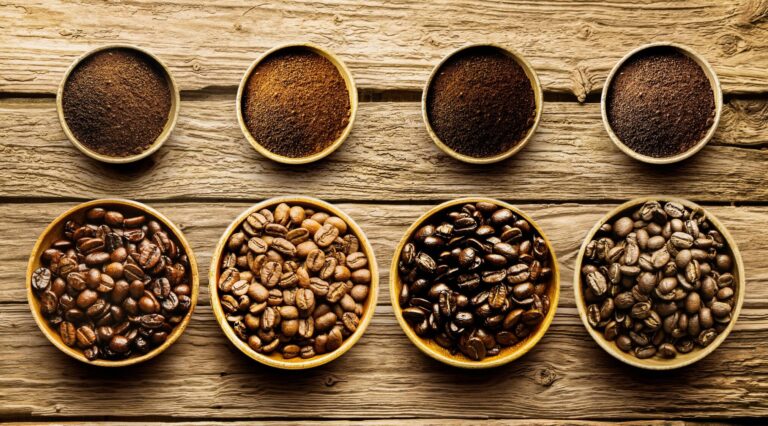1. Brazil
The production of coffee has played a pivotal role in the development of Brazil and continues to be a driving force in the country’s economy. The plant was first brought to Brazil in the early 18th century by French settlers. With the rise in the popularity of coffee among Europeans, Brazil became the world’s largest producer in the 1840s and has been ever since.
The largest and probably the most well known producer of coffee in the world. Brazil which has a population of over 200 million people and employs easily 5 million people in the coffee industry.
This beautiful country produces a gigantic 40-60 million bags (60KG bags) of coffee each year. That is over 2.5 billion KG of coffee coming from 3 billion coffee trees and this accounts for a third of the world’s coffee production.
There are over a quarter of a million coffee farms in Brazil with an average size of 7.5 hectares. Most coffee is processed by their natural and pulp-natural method and the harvesting is done between May and October.
About 75% is Arabica and 25% Robusta. Most varieties are Bourbon, Typica, Caturra, Catuai and Mundo Novo. Brazilian coffee is usually mild, balanced, low in acidity, sweet and nutty. We recommend our Sul de Minas Rerserve from Brazil.
2. Vietnam
Relatively new to the international coffee trade, Vietnam has quickly become one of the largest producers. In the 1980s, the Communist Party made a big bet on coffee, and production increased by 20% to 30% every year during the 1990s, completely transforming the nation’s economy.
Vietnam found a niche in the international market by focusing primarily on the less-expensive robusta bean. Robusta beans can have up to twice the caffeine as Arabica beans, giving the coffee a more bitter taste. Vietnam is the No. 1 producer of robusta coffee in the world.
3. Colombia
Colombia is the world’s third largest growing country, producing around 11.5 billion bags which is 690,000,000 kilos a year and accounts for 17% of the agricultural GDP. There are over 550,000 coffee producers with 95% of them classed as small producers owning less than 13 acres of land.A popular advertising campaign featuring a fictional coffee farmer named Juan Valdez helped brand Colombia as one of the most famous coffee-producing nations.
Colombia ranks second in arabica production, and millions worldwide prefer their mild, well-balanced flavor. Colombia takes pride in producing a high standard of coffee and is only a few countries that grows solely arabica varieties.
The country possesses three mountain ranges with perfect geography, climate and volcanic soil for growing arabica coffee and so produces a range of different flavour profiles but are typically medium bodied, sweet with mild acidity. The standard is for wet-processed coffee and sold by grade. Supremo being the highest grade, Extra the second best and also Excelso, a mix of the first two grades. We recomend our Medellin Supreme Blend from Colombia.
4. Indonesia
Indonesia produced 10.7 million 60-kilogram bags in 2019, making the archipelago nation the world’s third-largest producer of robusta beans with the help of its location and climate. In Indonesia, there are 1.2 million hectares of coffee crops; small, independent farms account for the vast majority of output, each owning one to two hectares.
Indonesia produces several types of highly sought-after specialty coffees, the most interesting of which is Kopi Luwak. Harvested from the feces of Asian palm civets, the beans have a distinctive and understandably unique flavor. The process of collecting and harvesting the beans is rather intensive, and the result is one of the most expensive coffee beans in the world.
5. Ethiopia
Ethiopia regained the No. 5 spot in the 2019–2020 year and with suitable growing conditions, is forecasted to reach 7.62 million bags (457,200 MT) in 2021/22.
Ethiopia is the largest coffee producer in Africa and is expected to export a record amount in the 2021–2022 marketing year, according to the USDA. Ethiopia grows only arabica coffee. Production makes up 70% of all its earnings on export, with around 15 million Ethiopians working in the coffee industry.
Exciting flavours come from Ethiopian coffee and often have bright citrus acidity and floral aromas. Ripe fruit flavours can be present like bergamot or blueberry. The wide range of flavours found can be attributed to the high elevation of the 3 main growing regions Sidamo, Yirgacheffe and Harrar. We recommend our Oromia Heritage Limu from Ethiopia.
Featured products
-
Giling Basah Toba Blend
9,99 £ – 27,99 £ -
Medellin Supreme Blend
9,99 £ – 27,99 £ -
Negele Reserve Kaffa
9,99 £ – 27,99 £ -
Sul De Minas Reserve
9,99 £ – 27,99 £
